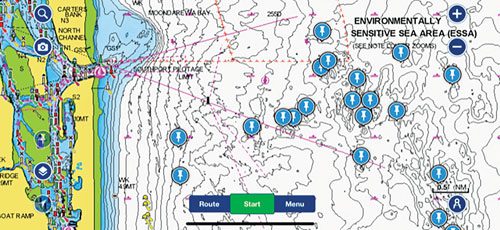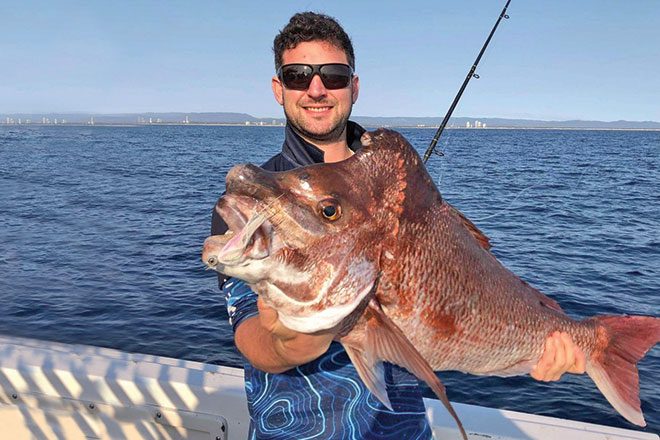As winter draws closer and mornings get cooler, don’t panic – the fishing on the local reefs is about to heat up.
May is typically quiet for demersal species on the nearshore grounds, with spotted mackerel very sparse and the last of the spanish mackerel starting to exit northbound after a healthy fattening.
In this article, I touch on some of the species to look forward to and more importantly how to convert some prospecting into well set hooks and running drags.
First, let’s talk about aiming big by fishing light.
These grounds can be heavily fished at times and benefit from a bit of finesse when presenting bait and soft plastics.
Heavier fluorocarbon leaders and lightly weighted rigs tend to coil and have a springy motion as the swell moves under the boat, particularly drifting long-sweeping bait along the reefs.
Finding a balance that suits your setup will drastically increase how much fun you can have in a day without detracting from your conversion rate.
As an example, an 8-12kg spin rod paired with a 5000 reel, 20-25lb braid and 30lb leader and trace is more than enough to target snapper – if you keep an eye on any chafing around your hooks between fish or choose to fish a twin-gang hook with a bit of rigging tube to protect the first few centimetres of your trace.

Taking a jump up to the 12-20kg range and fishing slightly larger bait – such as butterflied slimy mackerel – or live bait – such as yakka – on heavier leaders, suspended anywhere from 5-15m off the bottom, is a brilliant way to boost your chances on fun-sized cobia that can be found mixed in with your target species.
By ‘fun size’, I’m talking up to 15kg, so an emphasis on properly judged use of terminal tackle.
Ultimately, my advice would be a lighter approach using a float-line method, covering plenty of ground to find the fish and deploying a larger bait at the start of your drifts to encourage larger by-catch taking the intended bait and being landed.
Speaking of finding the fish, apart from beginning at the last spot you fished on a previous trip and besides using your sounder to look for balled baitfish or snapper arches, here’s a starting point – the south side of Diamond Reef, Latitude (DDM): 27° 58.387’S; Longitude (DDM): 153° 30.693’E.
This is a very productive reef to drift on a light east to southeastly wind, if the current isn’t running too hard north.
Depending on boat traffic, there are days when we can drift the whole reef and tack in 50m at a time left then right of the mark towards the Pinnacles, which start to show consistent ground from about Latitude (DDM): 27° 56.596’S; Longitude (DDM): 153° 29.701’E.
 Bush ‘n Beach Fishing Magazine Location reports & tips for fishing, boating, camping, kayaking, 4WDing in Queensland and Northern NSW
Bush ‘n Beach Fishing Magazine Location reports & tips for fishing, boating, camping, kayaking, 4WDing in Queensland and Northern NSW









